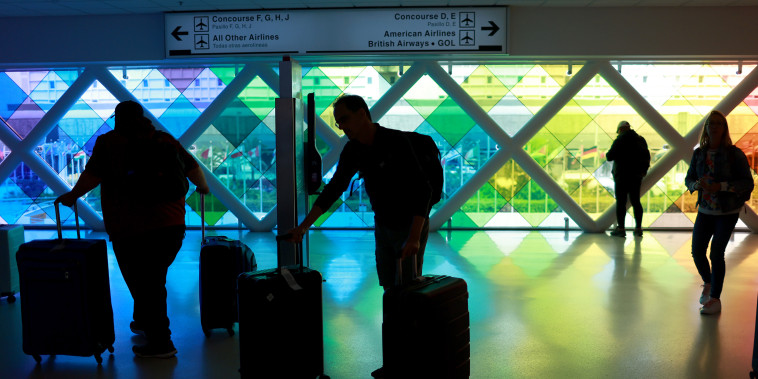Air travel demand is breaking records, but airline profits are not keeping pace. According to the International Air Transport Association (IATA), global passenger demand reached unprecedented levels in recent years. This surge in demand can be attributed to various factors such as increased affordability, economic growth, and the rise of low-cost carriers. Despite the soaring number of passengers, airlines are facing challenges in translating this demand into profitability.
One major factor impacting airline profits is the rising operational costs. Fuel prices, one of the largest expenses for airlines, have been volatile in recent years. Fluctuations in oil prices directly impact airlines’ bottom line, making it challenging for them to predict and manage costs effectively. Additionally, airlines also face other operational expenses such as maintenance, labor, and airport fees, which further add to their financial burden.
Competition among airlines is another significant factor contributing to the struggle for profitability. With the rise of low-cost carriers and increased competition on popular routes, airlines are constantly under pressure to lower ticket prices to attract customers. While this may benefit consumers by offering more affordable travel options, it puts a strain on airlines’ profit margins.
Moreover, external factors such as geopolitical instability, natural disasters, and pandemics can disrupt air travel demand and create unpredictability for airlines. Events like the COVID-19 pandemic have had a profound impact on the aviation industry, leading to widespread flight cancellations, route suspensions, and financial losses for airlines worldwide. Such unforeseen events highlight the vulnerability of airlines to external shocks and emphasize the importance of building resilience in the face of crises.
Despite these challenges, airlines are exploring innovative strategies to enhance their profitability. One approach is to diversify revenue streams beyond traditional ticket sales. Airlines are increasingly focusing on ancillary services such as baggage fees, in-flight meals, and premium seat upgrades to boost their revenue. By offering these additional services, airlines can improve their profitability while keeping ticket prices competitive.
Furthermore, airlines are investing in technology and digital transformation to streamline operations, enhance customer experience, and reduce costs. Automation, data analytics, and artificial intelligence are being leveraged to optimize flight scheduling, improve fuel efficiency, and personalize the passenger experience. By embracing technology, airlines can increase operational efficiency, boost revenues, and strengthen their competitive position in the market.
In conclusion, while air travel demand is soaring to new heights, airlines continue to face challenges in achieving profitability. Factors such as rising operational costs, intense competition, and external uncertainties pose significant hurdles for airlines to overcome. By adopting innovative strategies, diversifying revenue streams, and embracing technology, airlines can navigate these challenges and set a course for sustainable profitability in the dynamic aviation industry.



























